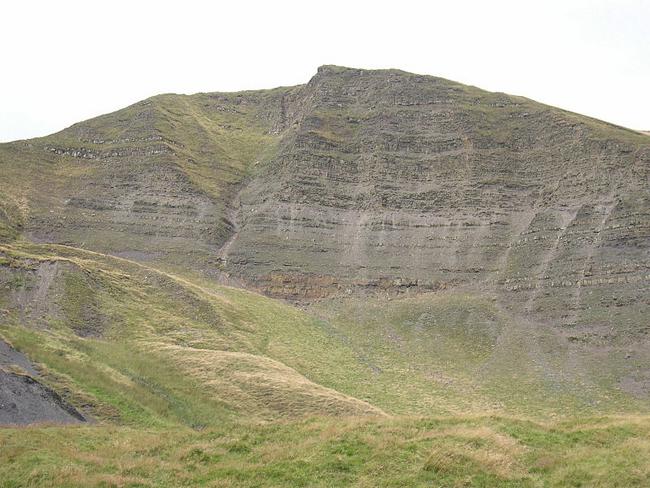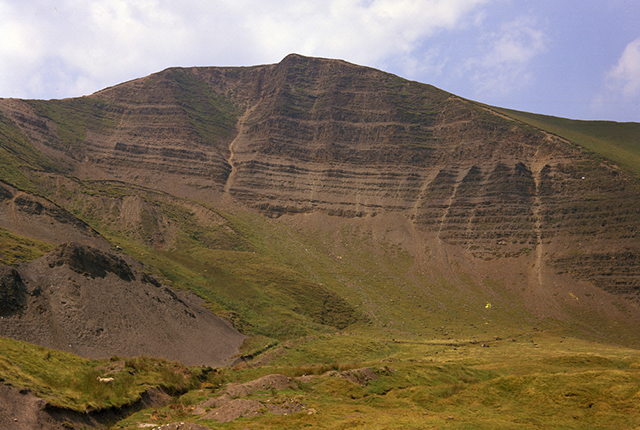Do you search for 'mam tor landslide case study'? All material can be found on this website.
Table of contents
- Mam tor landslide case study in 2021
- Mam tor trail in derbyshire, england
- Landslide
- Mam tor stone
- Mam tor name
- Mam tor landslide case study 06
- Mam tor landslide case study 07
- Mam tor landslide case study 08
Mam tor landslide case study in 2021
 This picture illustrates mam tor landslide case study.
This picture illustrates mam tor landslide case study.
Mam tor trail in derbyshire, england
 This picture shows Mam tor trail in derbyshire, england.
This picture shows Mam tor trail in derbyshire, england.
Landslide
 This image demonstrates Landslide.
This image demonstrates Landslide.
Mam tor stone
 This image representes Mam tor stone.
This image representes Mam tor stone.
Mam tor name
 This picture illustrates Mam tor name.
This picture illustrates Mam tor name.
Mam tor landslide case study 06
 This picture illustrates Mam tor landslide case study 06.
This picture illustrates Mam tor landslide case study 06.
Mam tor landslide case study 07
 This image representes Mam tor landslide case study 07.
This image representes Mam tor landslide case study 07.
Mam tor landslide case study 08
 This picture representes Mam tor landslide case study 08.
This picture representes Mam tor landslide case study 08.
Which is the best landslide for geographers to study?
The landslide is easy to access and exhibits classic text-book landslide features so is a good landslide for geologists, geomorphologists, geographers and engineers to study. It is National Landslide Database ID 5481/1.
How old is the Mam Tor landslide in Derbyshire?
The landslide (Figure 7) itself is over 4000 years old and is a rotational landslide which has developed into a large debris flow at its toe (Waltham and Dixon, 2000). It is over 1000 m from backscarp to toe, has a maximum thickness of 30-40 m and the backscarp is over 70 m high.
Why is Mam Tor famous for a landslide?
The summit of Mam Tor is ringed by the remains of a great ditch and rampart of a once great Iron Age hillfort but it is also famous for its large landslide (Figure 1). The landslide is easy to access and exhibits classic text-book landslide features so is a good landslide for geologists, geomorphologists, geographers and engineers to study.
How is the movement of a landslide prevented?
Both the main upper mass of landslide blocks and the debris toe move more slowly over basal shears at lower angles of dip. Deep drainage of the central part of the landslide would be the most effective means of stabilization, but may not totally eliminate movement.
Last Update: Oct 2021